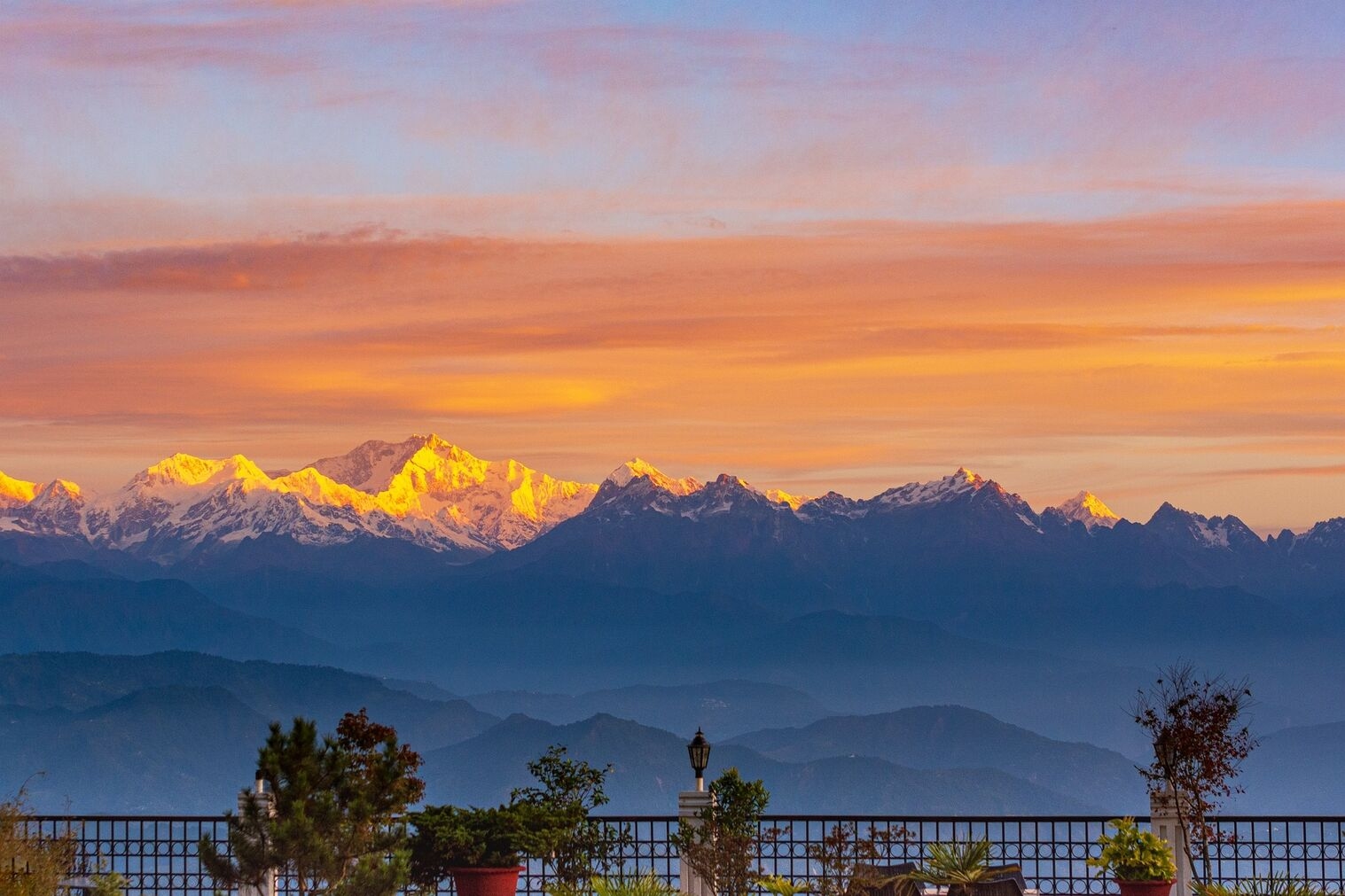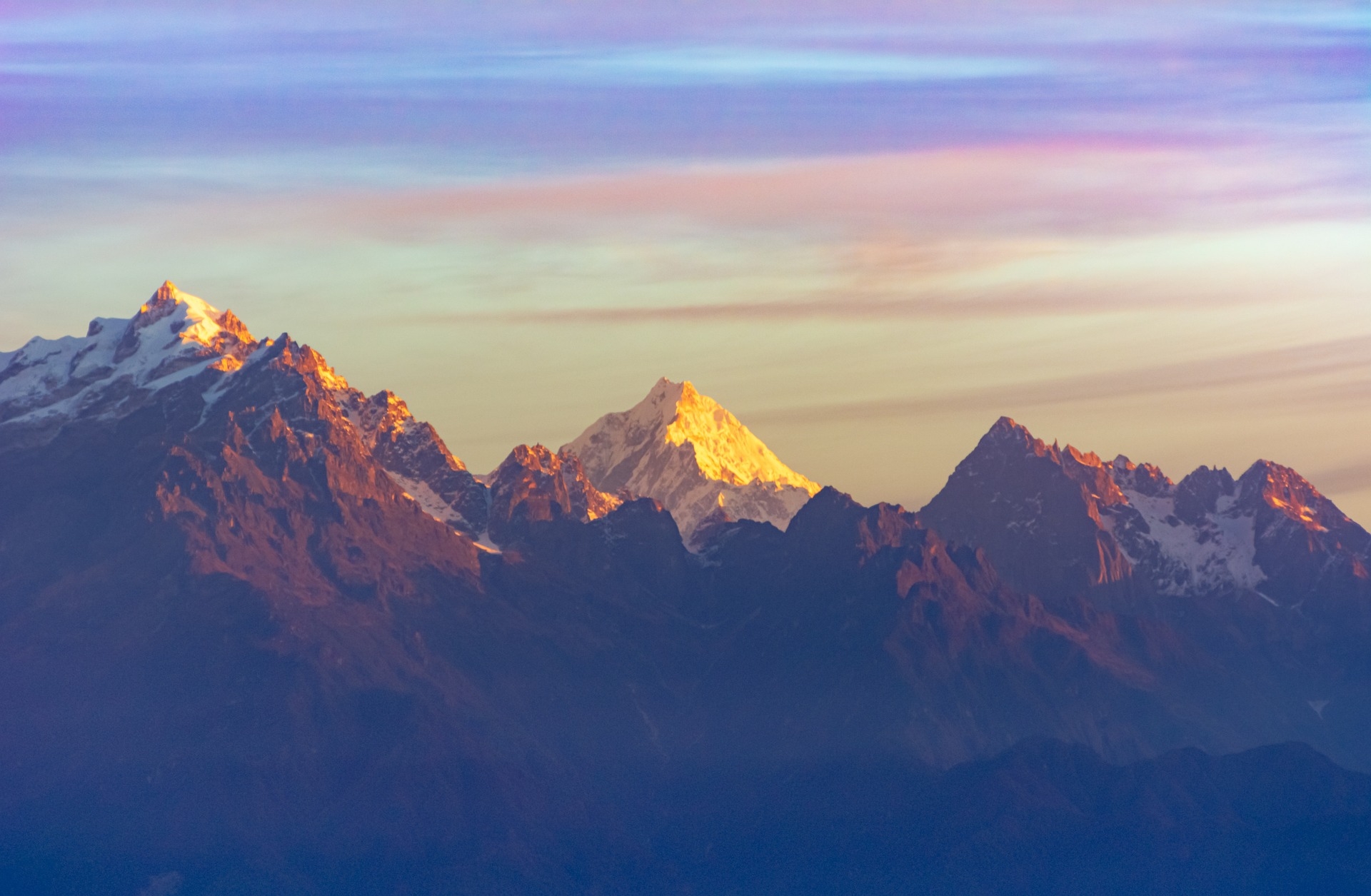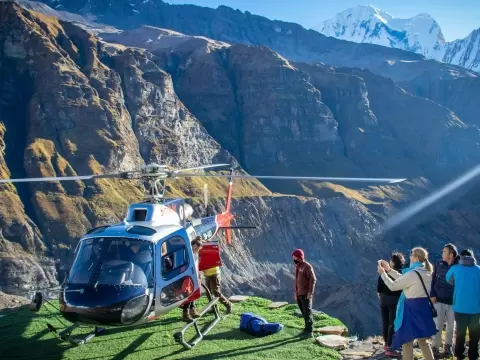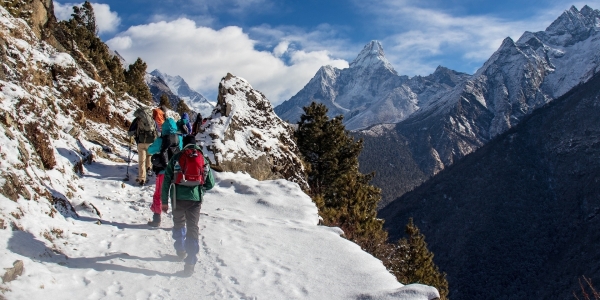Ultimate Guide to Mountain Flight Tours in Nepal: FAQs, Packages & More
Mountain flight tours in Nepal offer a thrilling opportunity to soar above the world's tallest peaks...

Nestled in the eastern Himalayas. Kanchenjunga, the third highest mountain in the world, stands as a beacon for trekkers and adventure enthusiasts. Towering at 8,586 meters (28,169 feet), this majestic peak offers one of the most remote and challenging treks in Nepal. The Kanchenjunga trek is not just about thrill of adventure, it’s a journey through diverse landscapes, rich cultural heritage, and pristine natural beauty.
The Kanchenjunga Trek can be divided into two main routes, The Kanchenjunga north base camp trek and the Kanchenjunga south base cam trek. Both routes offer breathtaking views, unique experiences and a chance to immerse yourself in the unspoiled wildness of the Himalayas.
Duration: 20-25 days
Best Time to Trek: March to May (spring)and September to November (Autumn)
Difficulty Level: Strenuous
Highest Altitude: 5,243meters (Pangpema, North Base Camp)
Getting There
The trek begins with a flight from Kathmandu to either Bhadrapur or Suketar, from there a combination of jeep rides and local transport takes you to the trailhead at Taplejung. The journey itself is an adventure, offering glimpse of rural Nepal and its vibrant culture.
 Trek Highlights
Trek Highlights
Lush Rhododendron forest: In spring, the trails are adorned with blooming rhododendron, adding splashes of color to the verdant landscapes.
Traditional Villages: Experience the warm hospitality of local communities such as the limbu and rai, learn about their traditions and way of life.
Diverse Wildlife: The Kanchenjunga Conservation Area is home to rare wildlife, including the snow leopard, red panda and Himalayan black bear.
Majestic Glaciers: Encounter stunning glacier like the Yalung Glacier and experience the raw beauty of the Himalaya ice.
Panoramic Mountain View: Enjoy unparalleled views of Kanchenjunga, Jannu and other towering peaks of the eastern Himalayas.
1: Taplejung to Mitlung (921m): The journey begins with a gentle trek through terraced fields and traditional villages.
2: Mitlung to Chirwa (1,270m): The trail continues along the Tamur River, passing through lush forests and small settlements.
3: Chirwa to Sekathum (1,650m): Entering the conservation area, trekkers are greeted with stunning landscapes and diverse flora.
4: Sekathum to Amjilosa(2,510m): A more challenging day with steep ascents and descents through dense forests.
5: Amjilosa to Gyabla (2,730m): The trail meanders through bamboo forests, home to the elusive red panda.
6: Gyabla to Ghunsa(3,595m): A culturally rich village, Ghunsa is the perfect place to acclimatized and interact with the local Tibetan Buddhist community.
7: Ghunsa to Kambachen (4,050m): As altitude increases, trekkers witness dramatic changes in the landscapes.
8: Kambachen to Lhonak (4,780m):The terrain becomes more rugged, with breathtaking views of glaciers and peaks.
9: Lhonak to Pangpema(5,143m): The final push to the North Base Camp offers awe-inspiring vistas of Kanchenjunga.
1: Taplejung to Mitlung : Similar to the North Base Camp route, the initial stages are the same.
2: Mitlung to Chirwa : Follow the same path along the Tamur River.
3: Chirwa to Sekathum: Enter the conservation area.
4: Sekathum to Tortong (3,000m):The trail diverges, climbing through dense forests.
5: Tortong to Tseram (3,870m): Trek through rhododendron forests to rich Tseram
6: Tseram to Ramche(4,580m): Ascend through alpine terrain with magnificent mountain views.
7: Ramche to Oktang(4,800m): The final approach to the South Base Camp Offers spectacular close-up views of Kanchenjunga.
Trekkers need to obtain several permits to trek in the Kanchenjunga region:
1: Kanchenjunga Conservation Area Permits (KCAP)
2: Restricted Area Permits, Required due to the region’s proximity to the Nepal-India border.
These permits can be obtained in Kathmandu through a trekking agency.
 Essential Tips
Essential Tips
Acclimatization: Proper acclimatization is crucial due to the high altitude, Plan rest days and ascend gradually.
Physical Fitness: The trek is strenuous and require a good level of physical fitness. Training before the trek is highly recommended.
Packing: Pack appropriately with essential gears such as a warm sleeping bag, down jacket, trekking poles, and a reliable backpack.
Guide and Porter: Hiring a local Guide and porter not only supports the local economy but also enhances your trekking experience with their expertise and knowledge.
The Kanchenjunga trek is a journey of a life time, offering a perfect blend of adventure, natural beauty and cultural richness. It’s an ideal choice for seasoned trekkers looking to explore one of the most remote and least frequented trekking routes in Nepal. Whether you choose the North Base Camp or the South Base Camp, the Kanchenjunga trek promises an unforgettable experience amidst the grandeur of the Himalayas.

Mountain flight tours in Nepal offer a thrilling opportunity to soar above the world's tallest peaks...

Nepal, often referred to as the "Roof of the World," is a small yet diverse country nestled in the H...

The Upper Dolpo Trek is one of Nepal’s most remote and culturally rich trekking experience, offering...
